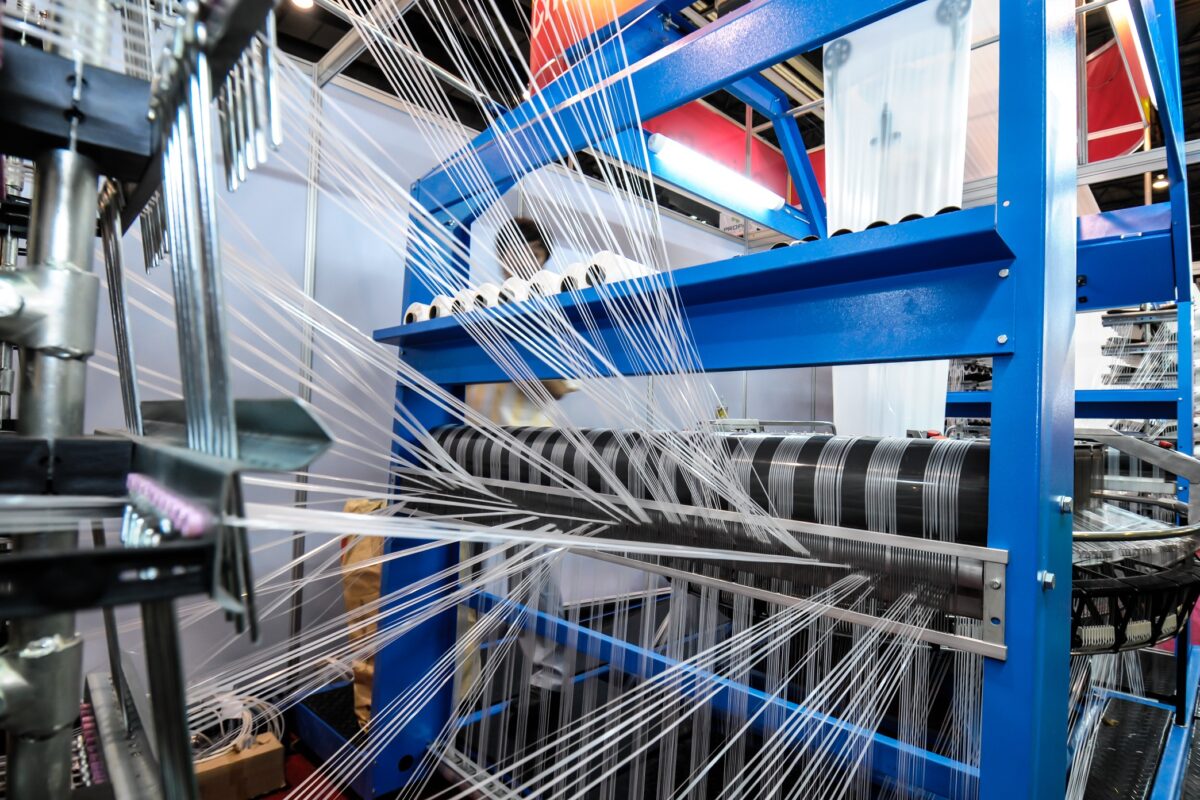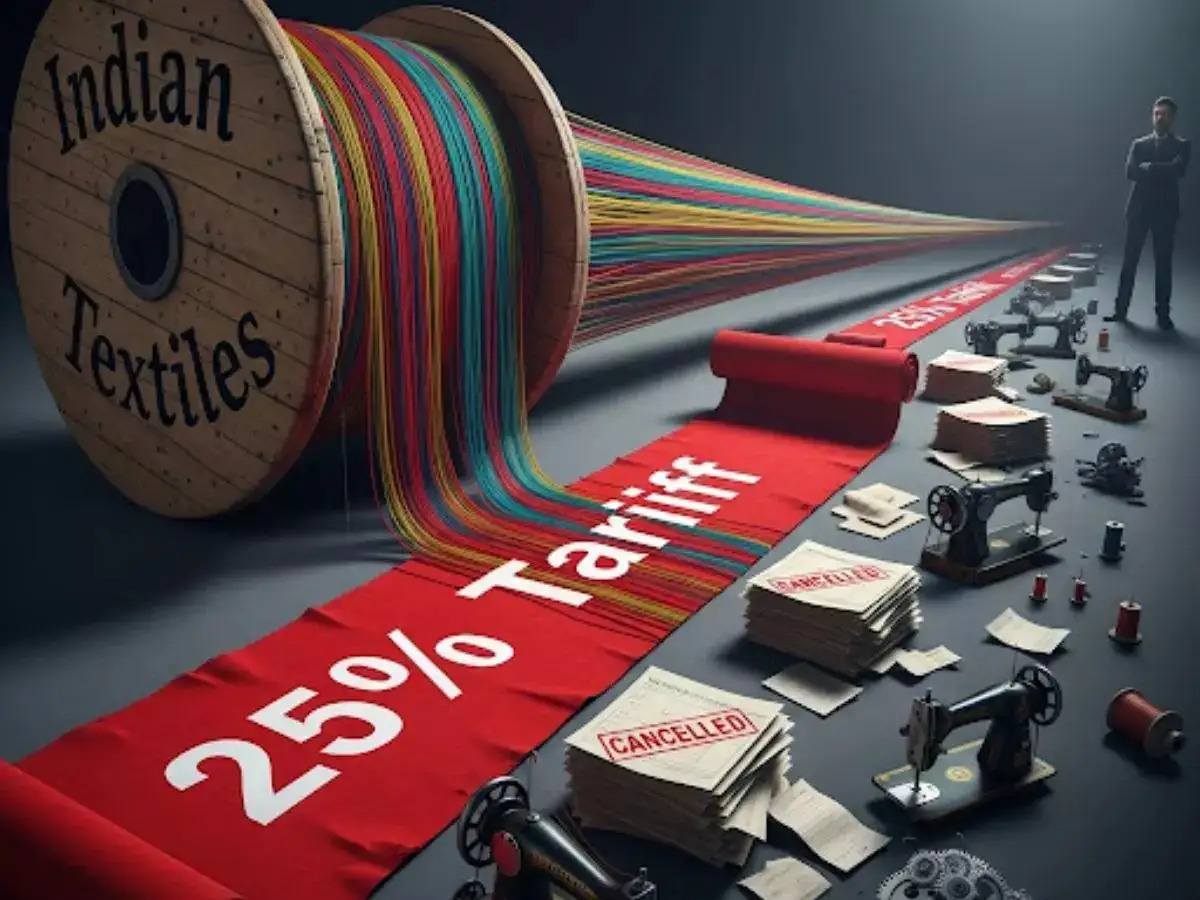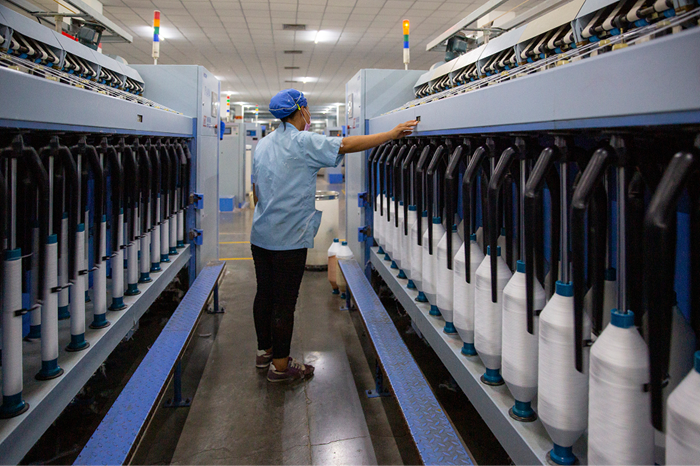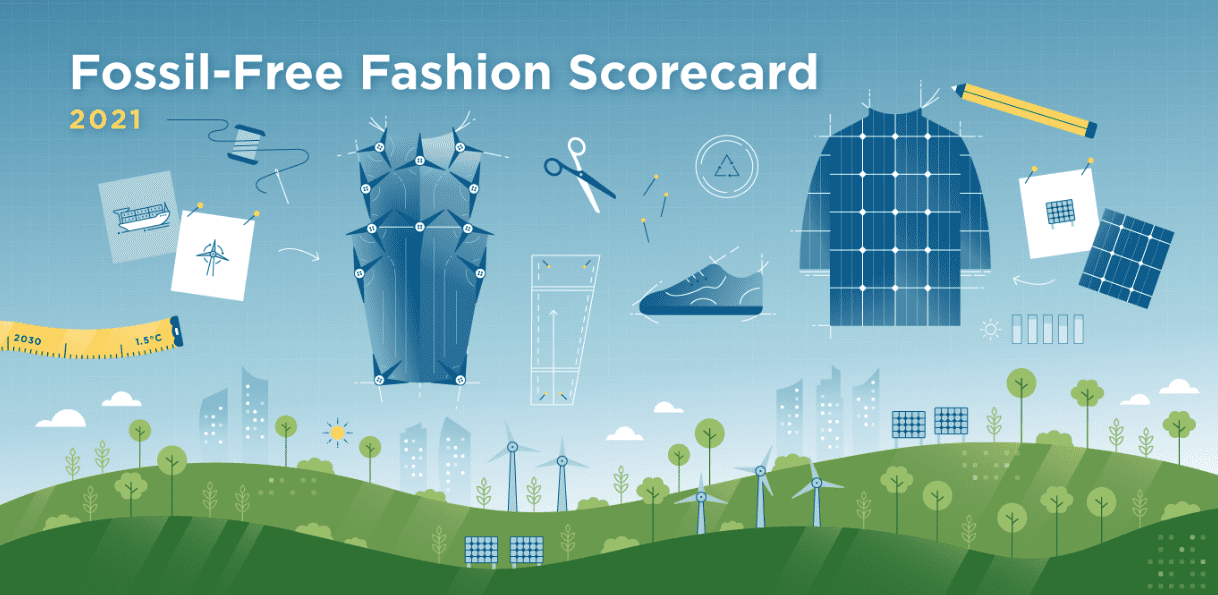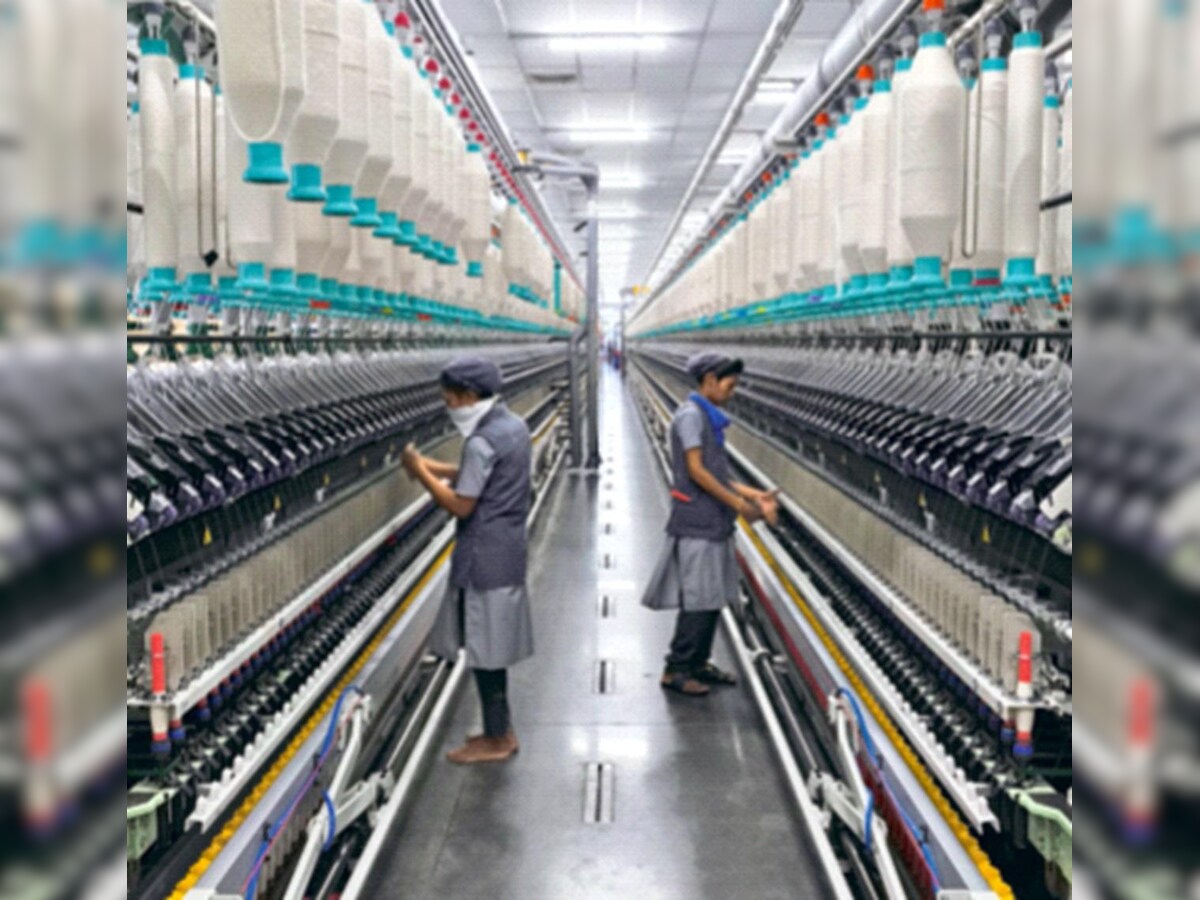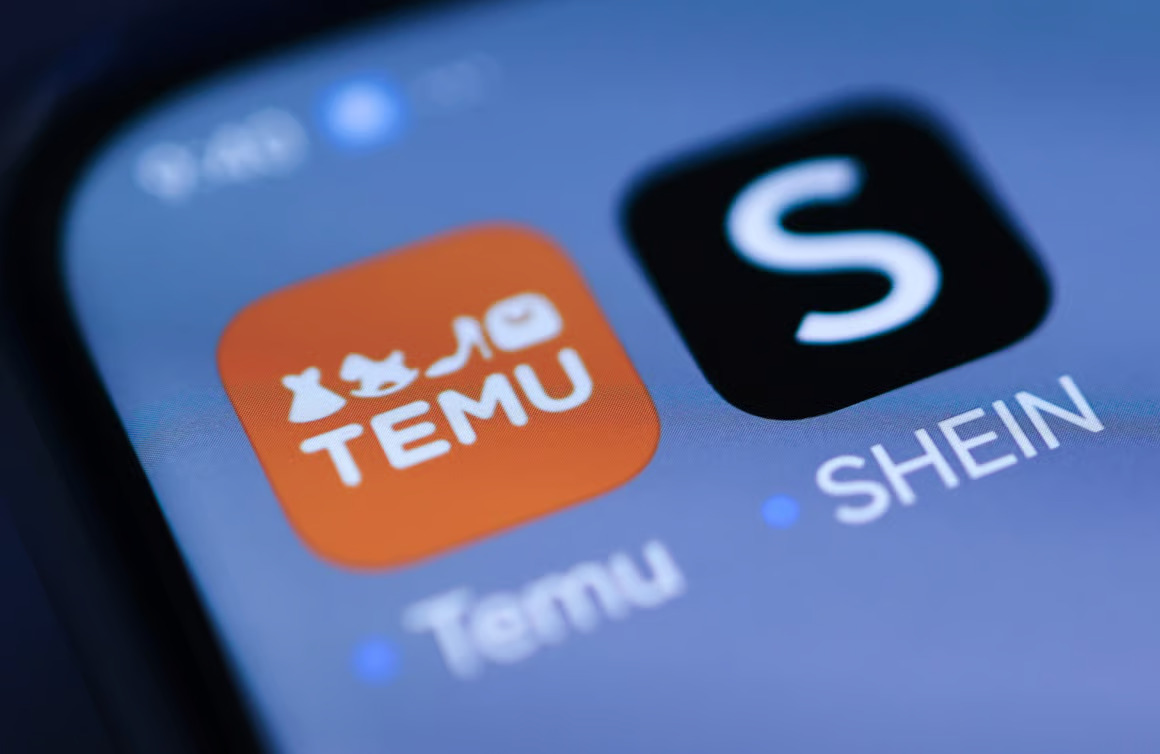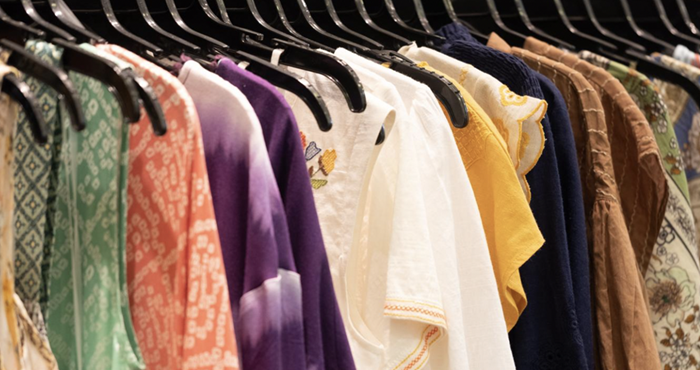FW
German exports rose more strongly than expected in April while imports posted an even bigger increase. This helped narrow the trade surplus. Seasonally adjusted exports were up 0.9 per cent on the month while imports jumped 1.2 per cent.
Germany’s robust economic upswing is likely to continue. Domestic demand has replaced exports as the main growth driver in Germany as consumers and the state are benefiting from falling unemployment, rising tax revenues and record low borrowing costs.
The German economy grew by 1.9 per cent in 2016, the strongest rate in half a decade, helped by soaring private consumption, higher state spending and increased construction. In the first quarter of 2017, the economy picked up further speed as exports also helped to drive growth.
Germany is Europe’s biggest economy. The seasonally adjusted trade surplus edged down to 19.8 billion euros from a revised 19.9 billion euros in March. The country’s wider current account surplus, which measures the flow of goods, services and investments, plunged to 15.1 billion euros after a revised 31.1 billion euros in March. The German central bank has increased its growth forecasts of 1.9 per cent in 2017, 1.7 per cent in 2018 and 1.6 per cent in 2019.
"The proposed changes in the North American Free Trade Agreement (NAFTA), has resulted in companies planning to shift their manufacturing base away from Los Angeles. As Mateo Juarez, GM, United Jeans says, in Los Angeles County, the minimum wage for businesses with more than 26 employees rises to $12 an hour from July 1, from the current $10.50 an hour. Nobody wants to pay this minimum wage as it is adding to additional cost of an already higher production price that keeps going up in California with new laws and regulations."
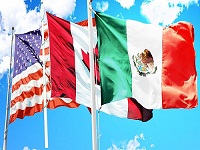
The proposed changes in the North American Free Trade Agreement (NAFTA), has resulted in companies planning to shift their manufacturing base away from Los Angeles. As Mateo Juarez, GM, United Jeans says, in Los Angeles County, the minimum wage for businesses with more than 26 employees rises to $12 an hour from July 1, from the current $10.50 an hour. Nobody wants to pay this minimum wage as it is adding to additional cost of an already higher production price that keeps going up in California with new laws and regulations. Giving an example, Juarez explains that if you make blue jeans in China, including the fabric washes, it would cost up to $6. In Mexico, it would cost $10, which includes dropping off to Los Angeles. While in the US, it would cost around $40 to $50. Lot many producers such as Steve Rhee, owner of Jean Mart Inc, and Atomic Denim, which has 200 workers have made premium blue jeans for Tom Ford, Diesel and Hudson, have been getting calls from brands doing an exploratory search for possible Los Angeles production facilities.
NAFTA renegotiations

While the public hearings on NAFTA’s renegotiations is due on June 27 in Washington, DC, companies, industries and interested parties can suggest the changes they would like to see or not see implemented in a revamped trade agreement that hasn’t been overhauled in 23 years. The real work would start on August 16, when the renegotiations on the free-trade agreement between the United States, Canada and Mexico are scheduled.
Big industries such as autos, dairy, sugar, energy and e-commerce, etc., would be given due attention in renegotiated NAFTA. Experts say, apparel and textiles may be less affected because clothing imports from Mexico is minuscule compared to imports from China and Vietnam. Nicole Bivens Collinson, an attorney who leads the international trade and government-relations practice at international law firm Sandler, Travis & Rosenberg, points out some of the changes could include de minimis requirements that under NAFTA allow 7 per cent of the total weight of the component that determines the classification of a garment to be from outside the NAFTA region. Under the Dominican Republic–Central America Free Trade Agreement, the accord allows for 10 per cent to be from outside the region.
What will be included?
Sewing thread, pocket lining and other inputs are some of the subjects likely to be addressed. Currently, NAFTA rules allow the use of sewing thread, narrow elastic fabric and pocket lining fabric from outside of the United States, Mexico and Canada. But under DR-CAFTA, which began to be implemented in 2006, the rule is sewing thread, narrow elastic fabric, visible linings and pocket-lining fabric must come from the region unless they are short-supply fabrics.
Under free-trade agreements, garments have to be made of regionally made fabrics coming from regional yarns, but exceptions to this rule can be requested if a fabric is not made in any of the countries that are part of the free-trade agreement. This means fabrics can be added to a short-supply list after a formal request is made to the trade authorities of the participating member countries in the free-trade pact.
Under DR-CAFTA, the addition of a fabric to the short-supply list takes about 45 days. Under NAFTA, it can take years, Collinson said. Many would like to see a speedier process implemented under a new NAFTA.
Then there are trade-preference levels, which allow a certain amount of yarns and fabric produced outside the free-trade-agreement region to be used in apparel production as long as the non-regional goods are cut and sewn within the free-trade countries.
There is a possibility of a stronger enforcement of countervailing duties and anti-dumping laws that add tariffs on goods being subsidised by foreign governments or on goods priced below fair-market value. Julie Hughes, President, US Fashion Industry Association, Washington, DC, says in the current environment with tough retail and a tough consumer environment for fashion products, we don’t think it is the time to tear it apart and start all over again.
There has been a steady rise in demand for industrial sewing machines from the Asia Pacific region over the past as manufacturing of products using industrial sewing machines has witnessed a shift from the developing countries in North America and Europe to the developing countries of the Asia Pacific region.
High end industrial sewing machines are becoming a preferred choice for garment manufacturers as they save time and energy, and reduce complexity of the manufacturing process due to their enhanced features. Also, producing voluminous, high quality products with standardized precision in less time has been made possible through the application of these smart industrial sewing machines. For instance, specific models of industrial sewing machines display a maximum speed of 8,500 revolutions per minute.
It has been observed that automotive and textile industries, would largely contribute to the growing demand of industrial sewing machines, along with other factors, such as rising global population, the rising middle and high income group population in developing countries, such as India and China. The demand for industrial sewing machines in the various region is rising and reasons are as it is supported by relatively cheap labor. Currently many models of industrial sewing machines are computerized. Industrial sewing machines capable of automatically carrying out multiple tasks only with the press of a switch are being designed. While designing the new industrial sewing machines an environment friendly features such as reduced working noise and energy efficiency are considered.
The world’s biggest cushion, 20 feet tall, will be displayed at Heimtextil, New Delhi, June 20 to 22, 2017, expected to be inaugurated by Smriti Irani, Minister of Textiles, .
This textile masterpiece will represent the fabrics and embroideries of India. It will be curated with fabrics from India’s home furnishing brand D’decor. The theme is based on an unique design concept of harmony in nature and the congruence of man and woman inspired by DaVinci’s famous portrait.
The materials used in the making of the cushion represent fabrics of the nation such as khadi, brocade, morr, mixed embroideries, a blend of sustainable textiles such as yarn and fabric waste, among others.
The installation, a tribute to Indian capability, is meant to epitomise prowess, excellence, quality, vision and a capacity to overcome any challenge.
Heimtextil India is known for its mix of brands, design trends and home fashion innovations. This is India‘s leading home fashion business platform. Purchase managers from some of the top hotels and restaurant chains in India and Asia are expected to attend and engage in buyer-seller meetings.
The hospitality segment will continue to be one of the key focus areas of visitor engagement at the fair this year. Heimtextil India is a unique platform for hospitality buyers to meet exhibitors with international quality products.
Cotton is one of Tanzania's key crops. Around 99 per cent of the country’s cotton is grown in the western region. Around two million of the country’s 42 million people depend on it for their livelihood. It provides around 13 per cent of the country’s foreign exchange – second only to coffee in agricultural exports.
Poverty level among cotton farmers is high despite the crop being expected to improve their livelihoods, The deficiencies of the cotton industry are bound up with the poverty of the farmers. With no savings, and paltry and uncertain returns, they cannot afford pesticides and fertilisers to improve the quality of their cotton.
The result is that Tanzanian cotton trades at a discount on the international market due to its lower quality. And since the liberalisation of the cotton industry in the 1990s, productivity has fallen sharply, with yields just over a quarter of the world average.
One of the reasons productivity has not improved is that there has not been enough research into high-yield seed varieties. In addition, there has been no system to provide credit to farmers for fertiliser. Without credit, farmers can't afford fertilizer. There are farmers who haven’t even sprayed their crop once.
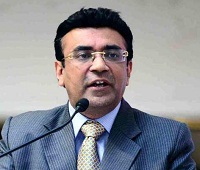
Sanjay K Jain, Chairman NITRA and Vice Chairman CITI , while extending thankfulness towards Honourable Ministers, Arun Jaitley and Smriti Irani for having understood well and keeping the cotton value chain and garments (1000) under 5% GST slab. That will ensure, according to him, “That there is no inflation for the common man due to GST. It has been a very balanced GST announcement overall. GST would benefit the industry in terms of lower logistic costs, low lead times, make pan India selling easier by removal of Forms needed, reduce administrative hassles by creating a single tax window, reduce costs by allowing taxes in all expenses to be adjusted etc. Overall the industry is very happy with the GST rates and so are the consumers.
However, he says, “There are a few oversights and anomalies which we hope will get corrected in due course”. The anomalies are as:

• Textiles is a very fragmented and unorganised industry. Mostly manufacturers just do a single process and hence a lot of job working is involved. Pre GST it was recognised as a manufacturing acitiity and exempted from service tax. However such exemption is missing in the current GST exemptions for services. This means it would have a 18% GST rate which would make the job work segments and their principals uncompetitive against large composite mills who will not have this impact due to inhouse production. We have represented to the Government with all facts and are hopeful that this shall get suitably modified in the next GST Council meeting
• Synthetic chain is impacted due to the inverse rate structure – fibre and yarn enjoy 18% GST while fabric & garments have 5%. This problem is further accentuated due to disallowance of refund of excess GST on input. Further this will also lead to flood of imports of fabric as GST on imports will be 5%, while effective tax incidence on domestic fabric will be close to 10%
• This GST structure will lead to more cotton consumption, due to duty variance of 13%. We have requested to reconsider and reduce synthetic yarn duty to 12% to make it more equitable or atleast allow refund of excess credit if any.
• Another indirect fallout from GST, is the big threat of imports of fabric and garments from China, Bangladesh and Sri Lanka. Earlier imports had a 12.5% CVD which wasn’t adjustable. Now they would attract 5% GST which is adjustable against subsequent sales. Hence post GST the industry will be relatively disadvantaged by 12.5% vis a vis its peers abroad. This could create a very big issue as 12.5% in textiles is more than the net profit of most manufacturers. We shall need to approach the Commerce and Textile Ministry to work out some solution to save the industry from this impending avalanche by increasing import customs duty on textile products.
He concludes, “We hope the above anomalies are corrected soon, so our Industry can focus on accelerated growth as the uncertainty of GST is over. However, if these small but high impact irritants are not removed – we could see a big hit in the industry.”
India’s history of cultures and clothes can now be explored through Google’s latest virtual exhibition project.
Working with 183 renowned cultural institutions from around the world, Google’s project, We Wear Culture, lets people explore history of clothes dating as early as 3000 years ago from the ancient Silk Road to the courtly fashion of Versailles to the unmatched elegance of the Indian sari. So anyone with a phone or laptop can learn about the stories behind what they wear.
The online project includes collections from Chhatrapati Shivaji Maharaj Vastu Sangrahalaya and varied weaves from across India, from gharchola to patola to temple to Ikat saris, as it traces the story and importance of Indian textiles from ancient sculptures.
The world fashion exhibit also showcases designs from north-eastern India including the weaves of tribes such as the Nagas, Meitis and the traditional attire from Meghalaya called dhara or nara worn by Khasi women.
The unique colorful and rich embroidery arts, applique and mirror work from different communities have also been brought online. Fashion and textile enthusiasts can explore over 400 online exhibitions and stories sharing a total of 50,000 photos, videos and other documents on world fashion.
Some of the highlights include icons, game changers and trendsetters like Alexander McQueen, Audrey Hepburn, Christian Dior, Yves Saint Laurent, Gianni Versace and many more.
As part of the Dutch trade mission to Italy, ‘Best of Both’ impact debates that has taken place involving Dutch and Italian denim industry leaders on Amsterdam, on 8 June 2017. In addition, a Global Denim Awards exhibition will be on display 17-23 June at the Triennale Di Milano Mariette Hoitink, of fashion recruitment and consultancy agency HTNK and co-founder of House of Denim, will open the exhibition on 17 June and close it on 23 June with a tour for the Dutch Royal couple.
Denim industry trade relations between Italy and The Netherlands have existed for many decades. Lilianne Ploumen, the Dutch Minister for Foreign Trade and Development Cooperation, will lead this Dutch trade mission to Italy. This mission focuses on opportunities for smart and sustainable solutions in agriculture & food, heritage, water and the creative sector.
The Global Denim Awards exhibition is part of the official agenda of Camera Nazionale Della ModaItaliana. The exhibition will open on 17 June, the first day of Men’s Fashion Week in Milan, at the Triennale di Milano Design Museum.
Global Denim Awards links fashion design with technical innovation in denim by partnering emerging fashion designers with the most progressive denim mills worldwide. It has become the world’s premier platform for the future of denim design, innovation, sustainability and craftsmanship.
The Global Denim Awards Exhibition focuses on the Italian and Dutch collaborations over the last three years. During three impact debates, Dutch and Italian stakeholders from government, education and enterprise will discuss how to improve existing Italian and Dutch collaborations. Best practices will be presented and the topics to be discussed include sustainable and circular concepts and reshoring, as well as how to bring production back to Europe. The third debate will be lead by James Veenhoffand will focus on how to strengthen the Italian and Dutch denim industries.Best of Both’ will conclude with a presentation of general conclusions to Dutch Minister Ploumen for Foreign Trade and the signing of a Memorandum Of Understanding (MOU).
Signs of a renaissance in British clothing and textile design and manufacture are evident. Kate Hills is founder and CEO of “Make it British” and a former designer and buyer for major brands such as Burberry and M&S. In 2014, she founded Meet the Manufacturer – which brings together buyers and designers looking to make products in Britain.
Britain is the world’s fifteenth largest textile manufacturing country. It’s one of the largest consumers of textile and clothing goods with a yearly market size of around 58 billion pounds.
The EU will remain the biggest trade partner of the UK even after Brexit. Around 50 per cent of British export goes to the EU. If tariff and non-tariff barriers are imposed on this zone, the British fashion industry will be affected. Many fashion businesses of UK have very close ties with suppliers and consumers of different EU countries. These businesses must not be disturbed for the stability of the sector.
In mostly a price-driven retail market British companies will continue to face competition from overseas manufacturers. Apart from the scarcity of a skilled work force, unwillingness of the young generation to join manufacturing will be challenging. High cost of energy and lack of investments in textile and clothing manufacturing will cause sufferings in the growth pattern.
Tirupur manufacturers are worried about the 18 per cent GST rate fixed for different segments in the production chain. The feeling is that this will put pressure on the working capital of the job working units, forcing them to exit the business.
Tirupur’s textile industry does business worth over Rs 50,000 crores every year, including revenue earned from exports. The industry also employs over 1,000,000 people.
Over 80 per cent of units in the Tirupur cluster are dependent on job work to carry out the various stages of garment manufacturing. The sequence of activities, from the yarn to garment is knitting, bleaching, dyeing, calendaring or compacting, printing, garmenting, embroidery and value-added activities like embellishment, glasswork, ARI work, thread work.
The product is normally transported from one stage of processing to the other at least five to seven times before getting packed for shipment or for domestic sales. At almost every stage now, 18 per cent GST will be applicable.
GST may increase costs by around two or three per cent. However the worry is not limited to costs, which can be managed through refund or passing on to the buyer. The worry is over the fate of hundreds of micro and small units, which were never under any tax purview so far.

